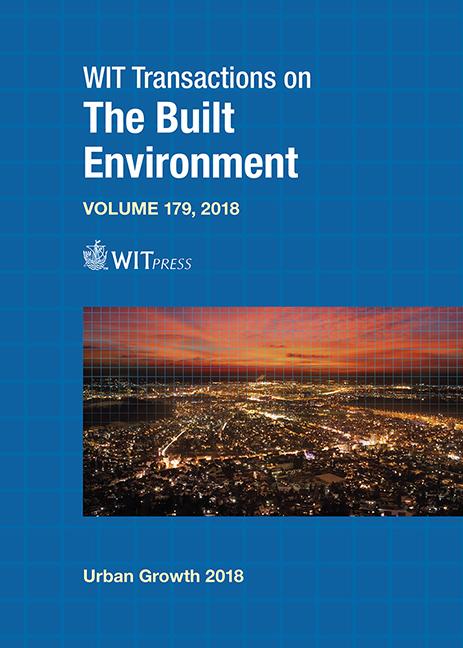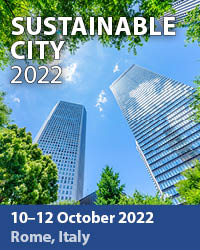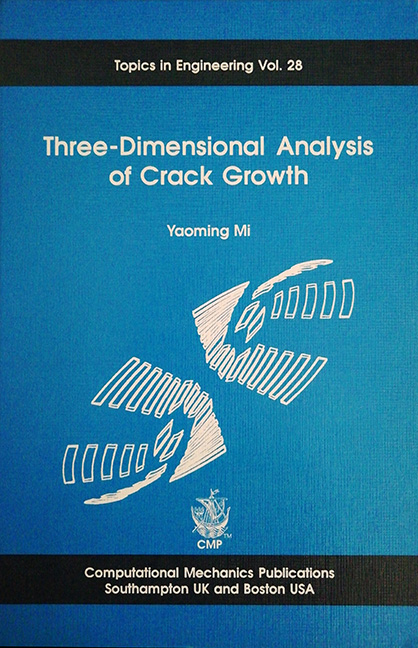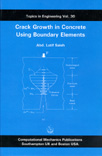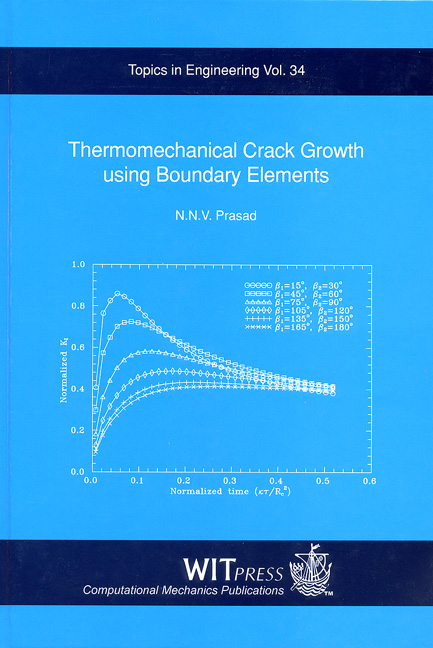Urban Growth and the Circular Economy
Edited By: S. Syngellakis, Wessex Institute, UK; J. Melgarejo, University of Alicante, Spain
Price
$252.00 (free shipping)
ISBN
978-1-78466-259-2
eISBN
978-1-78466-260-8
Pages
416
Transaction Series
WIT Transactions on The Built Environment
Transaction Volume
179
Published
2018
Format
Hardback
Presented at the 1st International Conference on Urban Growth and the Circular Economy held in Alicante, Spain, the papers included in this book focus on the continuing and rapid growth of cities and their regions of influence and how that has led to the need to find new solutions which allow for promoting their sustainable development.
The quest for the Sustainable City has until recently focused on the efficient use of resources with the application of technical advances giving rise to the definition of SMART Cities. The economic model emphasised however is still “linear” in the sense that the design and consumption follows the pattern of extraction of natural resources, manufacturing, product usage and waste disposal.
The continuous growth of urban population has recently given rise to the emergence of a new model which responds better to the challenges of natural resource depletion as well as waste management. This model has been called the “circular economy”.
The circular economy is a recent concept based on the reuse of what up to now has been considered wastes, reintroducing them into the productive cycle. The objective of the circular economy is to reduce consumption and achieve savings in terms of raw materials, water and energy, thus contributing to the preservation of resources in order to reach sustainable development.
One of the most important of these resources is water which is becoming a scarce commodity in an ever expanding world whose population demands a better standard of living. Water is required for agricultural purposes as well as by industry, in addition to its use by the general population. The recycling of water is an essential component of the circular economy.
There is no possibility for the success of a long term economic policy without addressing the problems of natural resources and environmental pollution, which will affect the reuse of materials and products.
The current market economy based on a linear model from resource extraction, manufacturing, consumption and waste disposal, has not proved a long term suitable solution, in spite of the substantial efforts made in reducing its environmental impacts. This is largely due to the continuous population growth, in a society that demands high standards of living, thus requiring an ever increasing share of natural resources.

